… the strangest, saddest city thou canst see.
Moby Dick by Herman Melville
Herman Melville has a point. Lima is a depressing city. The gloom never leaves it. The sky is forever gray. Not once, the whole time we were there, did the sun come out. The dust, the smoke, and car exhaust all contribute to this. They call it ‘La Garua’, a thick sea mist. Add to this the fact that it is the second driest capital city in the world; dust coats everything. Lima is perched on a cliff on the Pacific Ocean and is home to 10 million people.
Lima Slum
On the first day in Lima, we went to the slum and I didn’t take my camera. I left the camera behind. I thought it was bad enough we were going to see people in dire conditions, and I wanted to respect their privacy. And yet, most of the money I paid for the tour went to the two families that we visited. I arranged this tour with Viator.
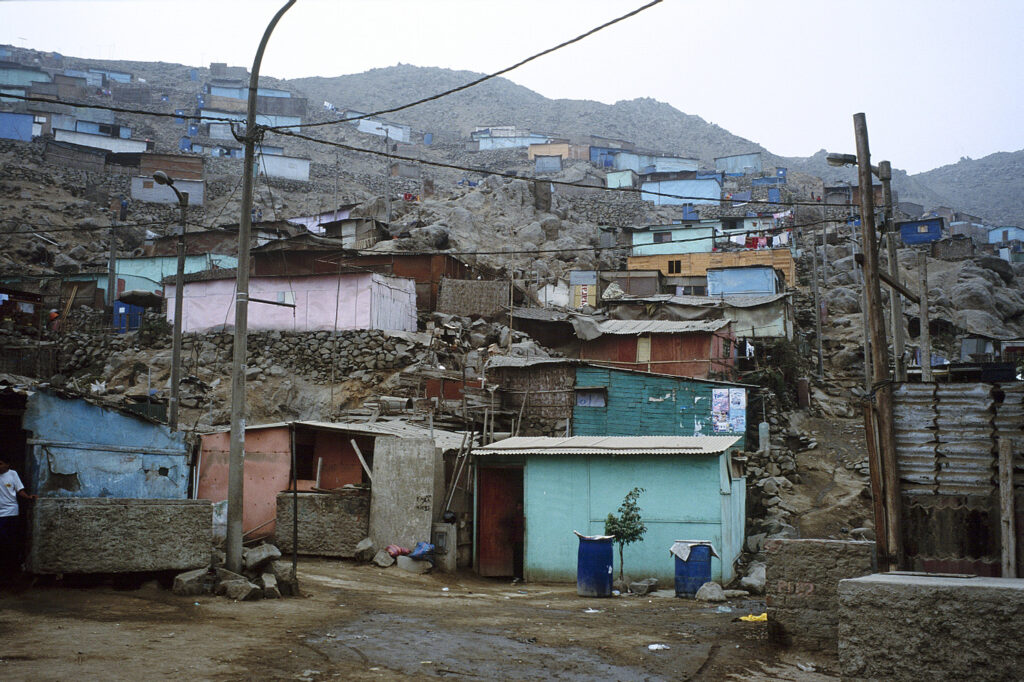
Our guide and driver picked us up at the hotel. The drive to the slum in Lima took about an hour because of the traffic. The whole city is one big congested knot of cars. But! Between those cars and on the sidewalks are dogs. Lots of ’em. In fact, we started to count them. We got to 350 and stopped counting. Our guide turned around and asked us what we were doing. We told him that we don’t have dogs running around like this at home. He smiled. It might not come as a surprise, but there were no small dogs.
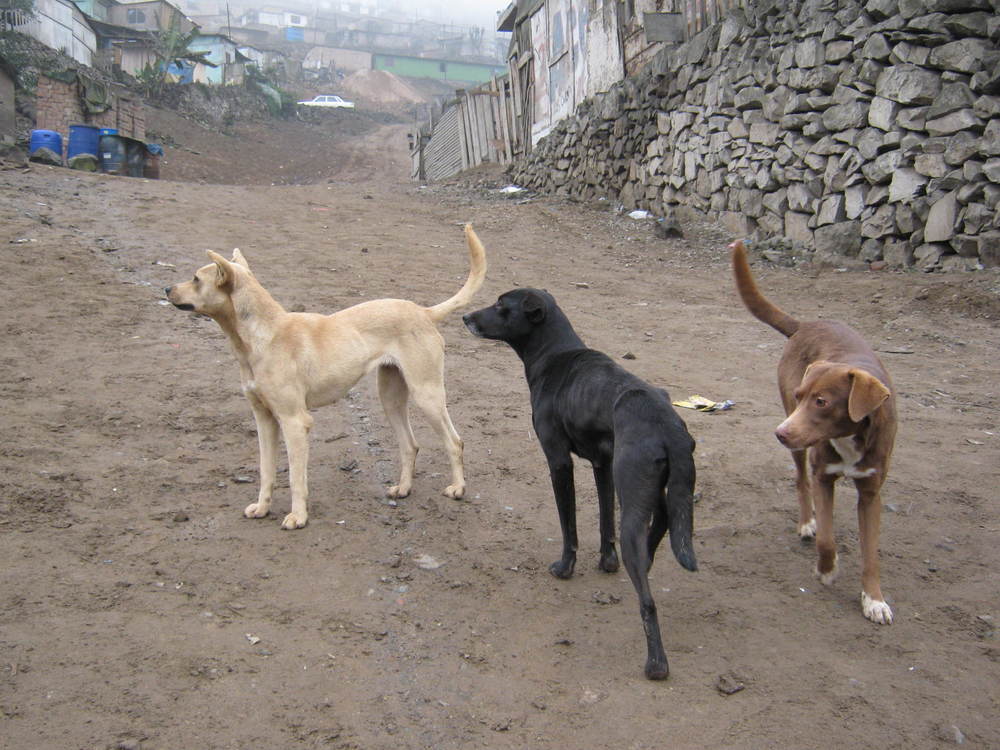
“Peruvian Men Are No Good”
The car dropped us off and left. The slum stretches along a huge hillside. We started to climb up a path. It was mid-morning and I didn’t see many people around. I found out later that most of the slum dwellers work and go to school in the city, then return home at night. Both of the homes we visited consisted of a mother and her children. Our guide, a Peruvian man, explained that Peruvian men are no good. He said they don’t take care of their families. Poverty is very hard on people and women are tougher when it comes to keeping the family together. Or, maybe, Peruvian men are just no damn good for anything or anyone.
The first woman lived in a home under a large slab of rock. The rock was dark gray. I felt at ease the moment I walked in because the rock was solid. It was protection. The ceiling was 10 feet high, more than enough for comfort. She lived in a cave. I thought it was pretty cool but there was no door, not even a possibility for one. She must cover the wide entrance with something, but I didn’t see anything.
When we walked in, she was standing behind a long narrow table covered with handmade crafts. I was not aware that there would be articles for sale on this tour. If I had known, I would’ve brought more cash with me. I never walk around with cash in a foreign country or wear jewelry. Our guide translated for us. I bought a necklace made from large purple and black seeds from the Amazon jungle.
The Second Home
We continued to walk farther up the hill. Donavin started to throw rocks on some corrugated metal sheets. I told him to stop because he was throwing stones on someone’s roof. The metal sheets were level with our feet because we were climbing a hill. This surprised him. It took him a moment to understand that those pieces of metal could be someone’s roof.
The second home was different because it had four walls, a roof, and a door. Although, the sky was visible through cracks where the walls and roof did not meet. This meant that there were flies everywhere. An elderly woman was sitting on the steps outside. We smiled at each other as I passed. Inside, we sat down at a big table and were served lunch. It was chicken and rice with a purple, sweet drink made out of corn. The drink was very refreshing. Did you know that there are more than 55 varieties of corn in Peru? And they come in purple, white, orange, blue and black. The potato is also a Peruvian discovery. On the shores of Lake Titicaca 10,000 years ago, the humble potato made its debut into Incan society. There are over 4,000 varieties.

Living in the Lima Barrio
Moe, Donavin, and I were the only people eating. Even though the hostess, our guide, and two of her children also sat at the table. She told her story and as I listened my first thought was security. How do you raise a family here? I asked her about this. She explained that the police do not come into the slum. One man preserves law and order. The community votes for him. And if they don’t like him, they vote him out. She said that it was safe to live there and that people leave each other alone.
I asked if she owned this home. She said she did. The property consists of the dwelling only. There is no yard. She explained that you need to prove that the house is yours to own it. You can only get electricity if you prove the house is yours. There is no running water. Each family has two blue barrels one meter high and half a meter wide. They can fill them up with water once a week.
Before we left, everyone sang Happy Birthday, in Spanish, to Donavin. It was his 13th birthday.


After School Hang Out
On our way down the hill, we stopped at a small building that was a meeting place for children after school. We talked with a young lady who worked there. She spoke excellent English. She said that many parents work long shifts and are unable to be there when the children get home. This is a safe place where they can play with other children while waiting for their parents. Unfortunately, we were too early to meet any of the kids.
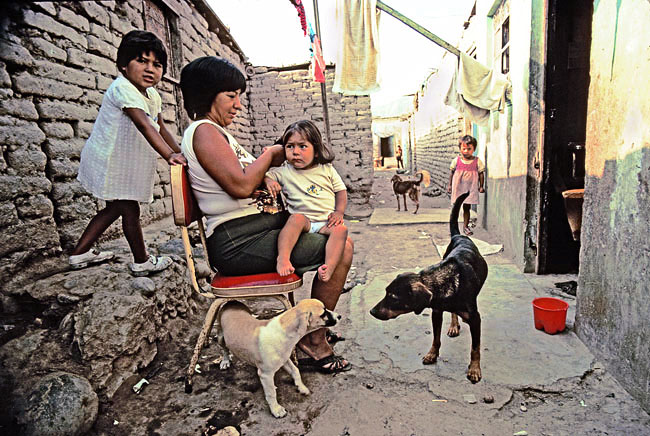
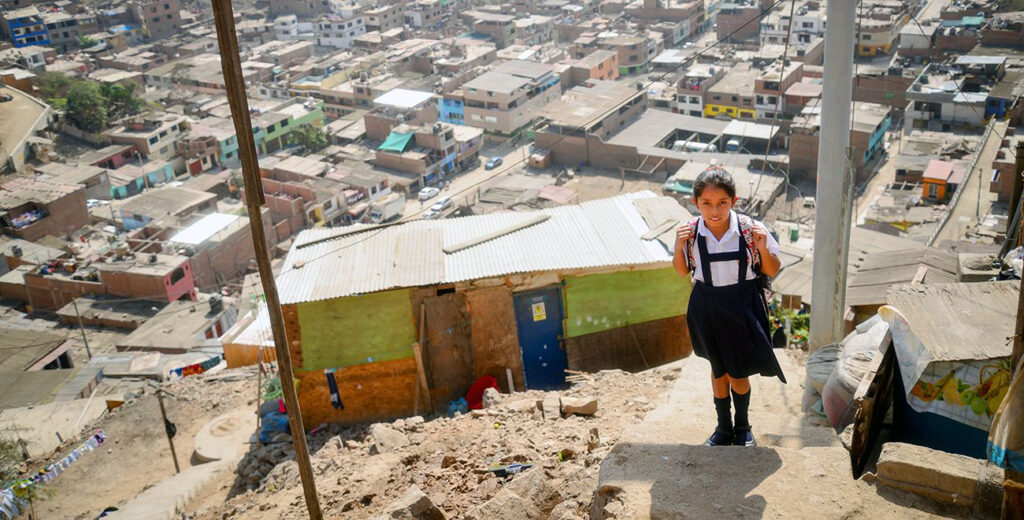
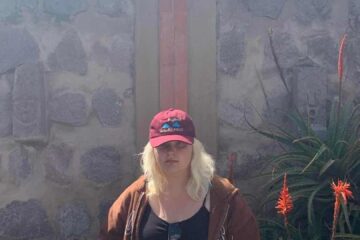
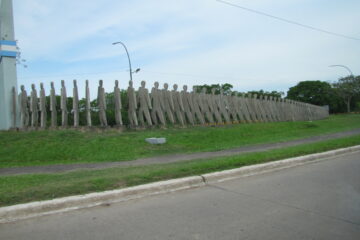
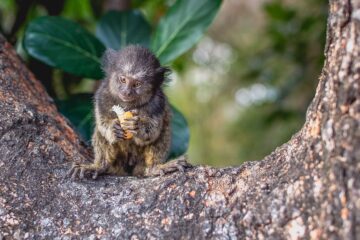
2 Comments
Galápagos Islands (a poem) - travelswithmoe · April 1, 2023 at 12:17 pm
[…] Lima, Peru […]
Mont Saint Michel, Normandy France, travelswithmoe · April 12, 2023 at 6:16 pm
[…] Lima, Peru […]